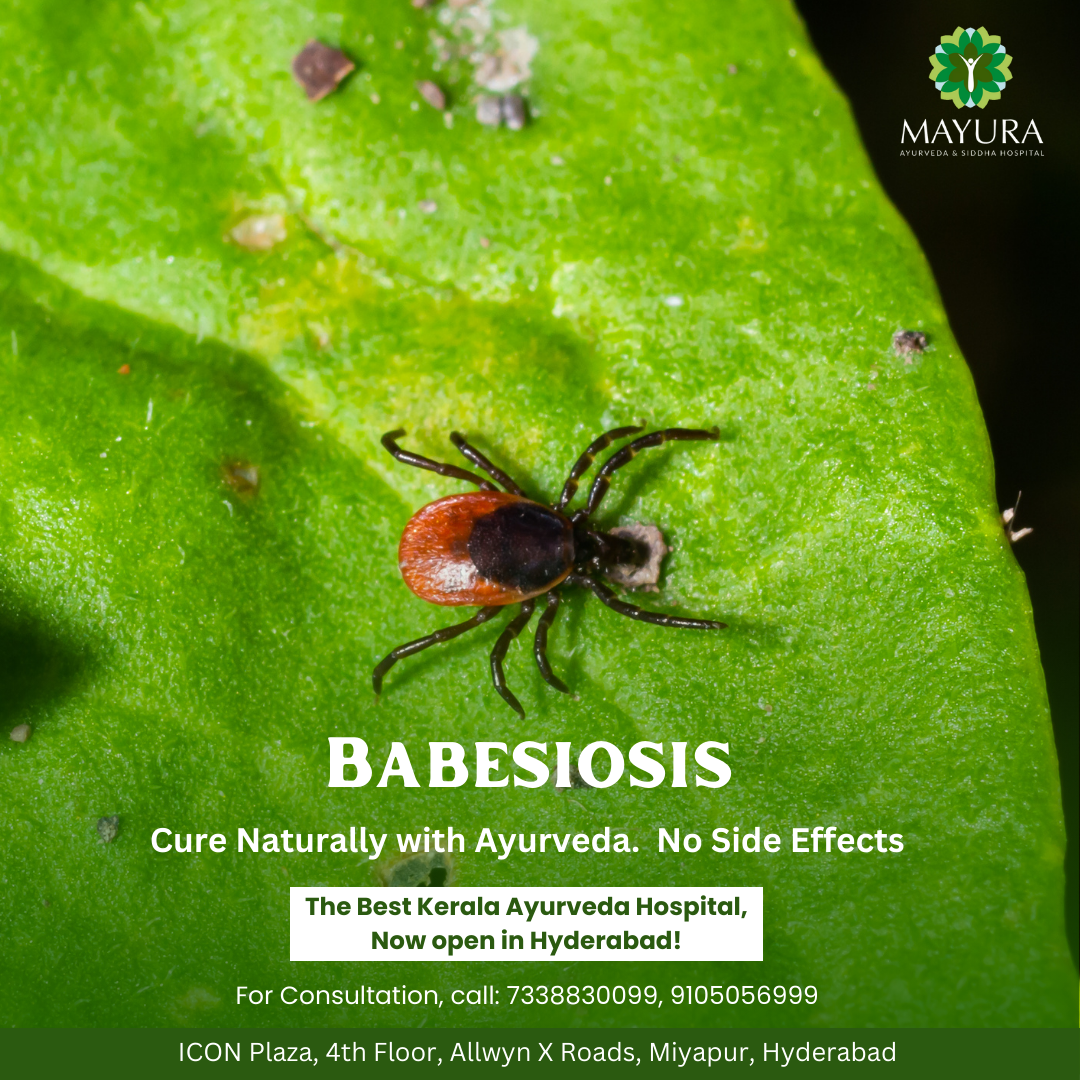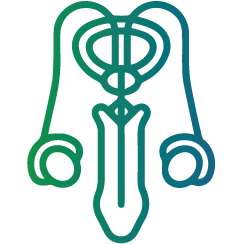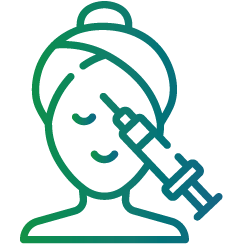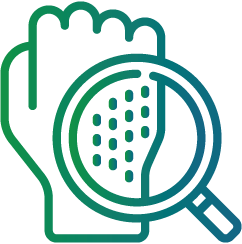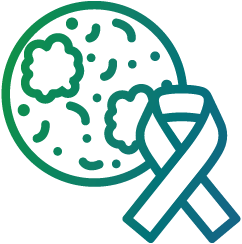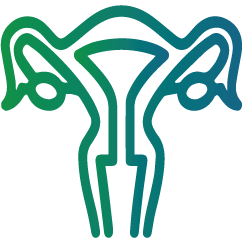Babesiosis, a tick-borne illness caused by the Babesia parasite, is garnering increasing attention due to its rising incidence in certain regions. While often overshadowed by other tick-borne diseases like Lyme disease, babesiosis warrants thorough understanding and vigilance, particularly in endemic areas. This comprehensive guide delves into the nuances of babesiosis management, offering insights into symptoms, treatment strategies, and preventive measures.
Symptoms of babesiosis can vary widely, ranging from mild flu-like symptoms to severe manifestations, especially in immunocompromised individuals. Common symptoms include fever, chills, fatigue, muscle aches, and hemolytic anemia. However, severe cases may lead to complications such as renal failure, respiratory distress, and even death. Recognizing these symptoms and seeking prompt medical attention are crucial steps in managing babesiosis effectively.
Treatment of babesiosis typically involves a combination of antimicrobial medications, with the primary aim of eliminating the Babesia parasite from the bloodstream. The antibiotic combination of atovaquone and azithromycin is commonly prescribed for uncomplicated cases, while more severe or refractory cases may require intravenous therapy with clindamycin and quinine. Close monitoring of symptoms and laboratory parameters is essential to assess treatment response and ensure adequate parasite clearance.
In addition to pharmacological interventions, supportive care plays a vital role in babesiosis management, particularly in severe cases. This may include measures to address hemolysis and maintain hemodynamic stability, such as blood transfusions and fluid resuscitation. Patients with severe babesiosis may require intensive care support, including mechanical ventilation and renal replacement therapy, to manage complications and optimize outcomes.
Prevention remains the cornerstone of babesiosis management, especially in endemic regions where tick exposure is prevalent. Key preventive measures include:
1. Avoiding tick habitats such as wooded areas and tall grass.
2. Using insect repellents containing DEET or permethrin-treated clothing.
3. Conducting thorough tick checks after outdoor activities and promptly removing attached ticks.
4. Implementing landscaping practices to reduce tick habitat in residential areas.
5. Considering prophylactic treatment in high-risk individuals, such as those with immunocompromising conditions or asplenia, before potential tick exposure.
By adopting these preventive strategies and remaining vigilant for symptoms, individuals can minimize the risk of babesiosis and other tick-borne diseases.

